
![]()

![]()
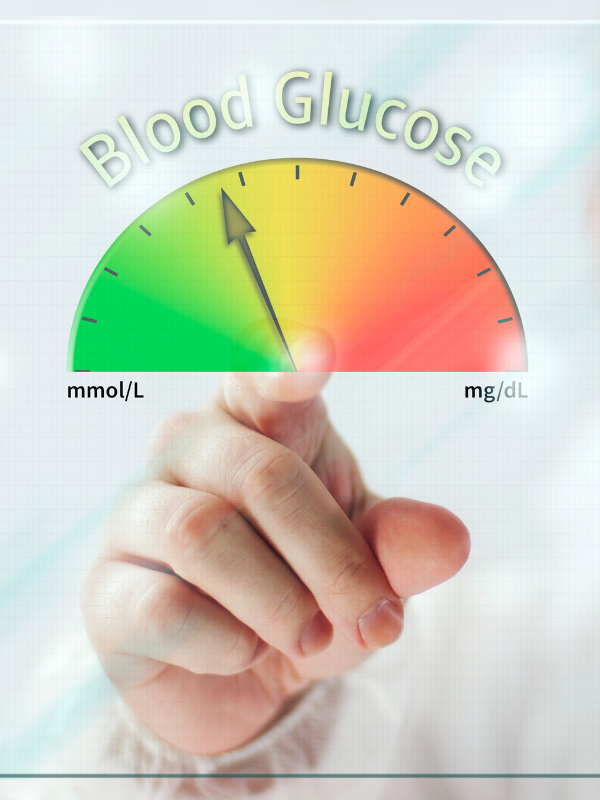
Pops Diabetes Care said this week that the FDA cleared its Pops! one blood glucose monitoring system. The Minneapolis-based company’s device can be attached directly to the back of a mobile phone and interacts with the user through a coaching app.”
Original Article: Pops Diabetes wins FDA clearance for blood glucose monitoring system

Food and food packaging manufacturers have always argued the point that there isn’t any proof that substances in their products are harmful. Pediatricians don’t agree. The American Academy of Pediatrics, a group of 67,000 US doctors, is raising the alarm about chemicals interacting with our foods and the negative effects they may be having on children. They urge families to cut down on processed meat during pregnancy.
Chemicals originate from many everyday objects that we generally don’t take notice of. Plastic containers are one of the biggest potential sources, along with food preservatives found in meats. When food is microwaved in a plastic container, the heat can cause chemicals in the plastic to leach into the food. Among other precautions, the AAP recommends that you:
Many of the chemicals can have effects similar to those of naturally occurring hormones, which can disrupt the natural processes of the body’s hormonal and immune systems. For the still developing immune system of a child, this means they have the potential for experiencing any number of harmful effects, including weight gain. Considering the statistical rise of obesity and developmental disorders in children ages 6 to 19 since 1970, it’s a definite possibility that the chemicals present in our modern food products could be a major contributor.
Read more about chemicals in food and the recommendations of the American Association of Pediatrics in this article by Roni Caryn Rabin in the The New York Times.

NPR published the story of Alec Smith who was 23 when he was diagnosed with Type 1 diabetes and only 26 when he died. His death exemplifies the injustice of our healthcare system where because he was unable to afford $1,300 per month for insulin and diabetes supplies, he was faced with trying to “stretch the doses” and lost his life in the process.
You can also read the original story published by NPR
Nothing can bring Alec Smith back, but for people who find themselves in similar situations, it’s important to get the word out that there are programs that may help. This article from Healthline describes a number of Patient Assistance Programs that may be able to help make insulin affordable. It’s also very important to let healthcare providers know when rationing is taking place as they may have other strategies that can help.

Obese kids may be able to drop weight with the help of an unlikely aid: video games. Special exercise video games helped overweight children drop pounds – and improve their cholesterol and blood pressure – while they were having fun, in a study reported in Pediatric Obesity.”
With the growing issue of childhood obesity, it’s becoming more and more important of finding ways of motivating kids to get active and stay healthy. In a study by Pediatric Obesity, they found that children who were encouraged to play exercise video games lost weight. Some as much as 4% of their BMI.
A group of 46 families, all with overweight children, were split into two groups. One group was assigned to try achieving an hour of physical activity a day using exercise video games. The other was put on a waiting list and didn’t take any action. After 6 months, the group who used the exercise games had lost weight at an average of 4% of their BMI, while the other group had gained weight. While they weren’t the focus of the study, the parents of the children also experienced weight loss. There is an element self fulfilling prophecy to this study. Giving the children goals and support would likely help them lose weight even without exercise games being involved. However, the advice is still very good! Instead of trying to change what kids are interested in, it’s better to harness it to help motivate them. When physical activity becomes a normal part of their lifestyle, children are likely to maintain it as they grow into healthy adults.
These days, almost everyone has a smart phone, especially young people. If you’re looking for apps to help turn exercise into a game for children or yourself, there are plenty of great choices to consider.
Pokemon has been a mega popular franchise with people young and old for over 20 years. Pokemon Go, while not quite intended for exercise, does encourage you to walk around and explore. The goal, as with every Pokemon title, is to catch them all. You do this by finding them in real world, after which they can be used for battling.
Zombies, Run! is a legitimately cool game that helps motivate you by making you run for your life. In a world in the middle of a zombie apocalypse, you are the last hope for a settlement on the brink of destruction. Zombies, Run! has an immersive audiobook-esque story, where jogging becomes scavenging for supplies and zombie chases become real life sprints to escape them. Intense! The game is critically acclaimed, with great reviews, awards, and more than a million players. If that sounds like your cup of tea, check out the trailer.
Read the original article at Reuters

If you are among the many people plagued by muscle cramps or “charlie horses” as they are called, you should find this article from Markham Heid interesting. It was published in Medium, August 9th 2018.
Muscle cramps are a common condition that affect 30% of adults in the United States. The commonly accepted theory for what causes them includes fluid imbalances; dehydration and not enough electrolytes. However, recent evidence seems to suggest there’s more to it.
Researchers at Goethe University conducted research on marathon runners to see who experienced muscle cramps. What they found is that runners struck by cramps had the same levels of electrolytes as runners that weren’t. This likely means that electrolytes are only a possible contributor to cramps in certain situations, rather than a blanket cause. The theory is even further strengthened when considering research that shows ingesting more electrolytes doesn’t help stop cramping. When it comes to actually curing cramps, the researchers suggest thinking of cramps as a disorder in our nerves instead of the muscle itself.
Humans have something called the Golgi tendon organ, a part of the nervous system that exists at the intersection of muscles and tendons. Basically, it regulates how hard your muscles contract. If something interferes with it, your muscles can contract to the point where they cause pain. This idea starts to make even more sense when you consider that cramps are commonly associated with conditions that cause nerve damage: ALS, Type 2 Diabetes, and aging.
Unfortunately, it seems like most advice for stopping muscle cramps isn’t very effective. The piece of advice that seems to hold the most weight is that stretching out your muscles while a cramp is beginning helps prevent it. However, preventative stretching before bed was shown not to decrease night cramps. Also, while fluid to electrolyte imbalances aren’t the end all cause of cramps, maintaining a good balance is still good for you, and can possibly increase your cramp resistance.
While not having an easy cure might be disheartening, there is are several cramp treatments still in testing that look promising. Electrical stimulation of muscle was shown to reduce cramping in both healthy individuals and individuals with increased inclination for cramps. Several drugs are also being developed that try to regulate our body’s electrical activity and muscle excitability. It won’t be long until muscle cramps are a thing of the past.
Read more about muscle cramps at the original article published on Medium.
To learn about the importance of hydration aside from electrolytes and cramps, check out this other article from us: Drink Enough Water? Even 1% Dehydration Could Be Slowing Your Mental Processes
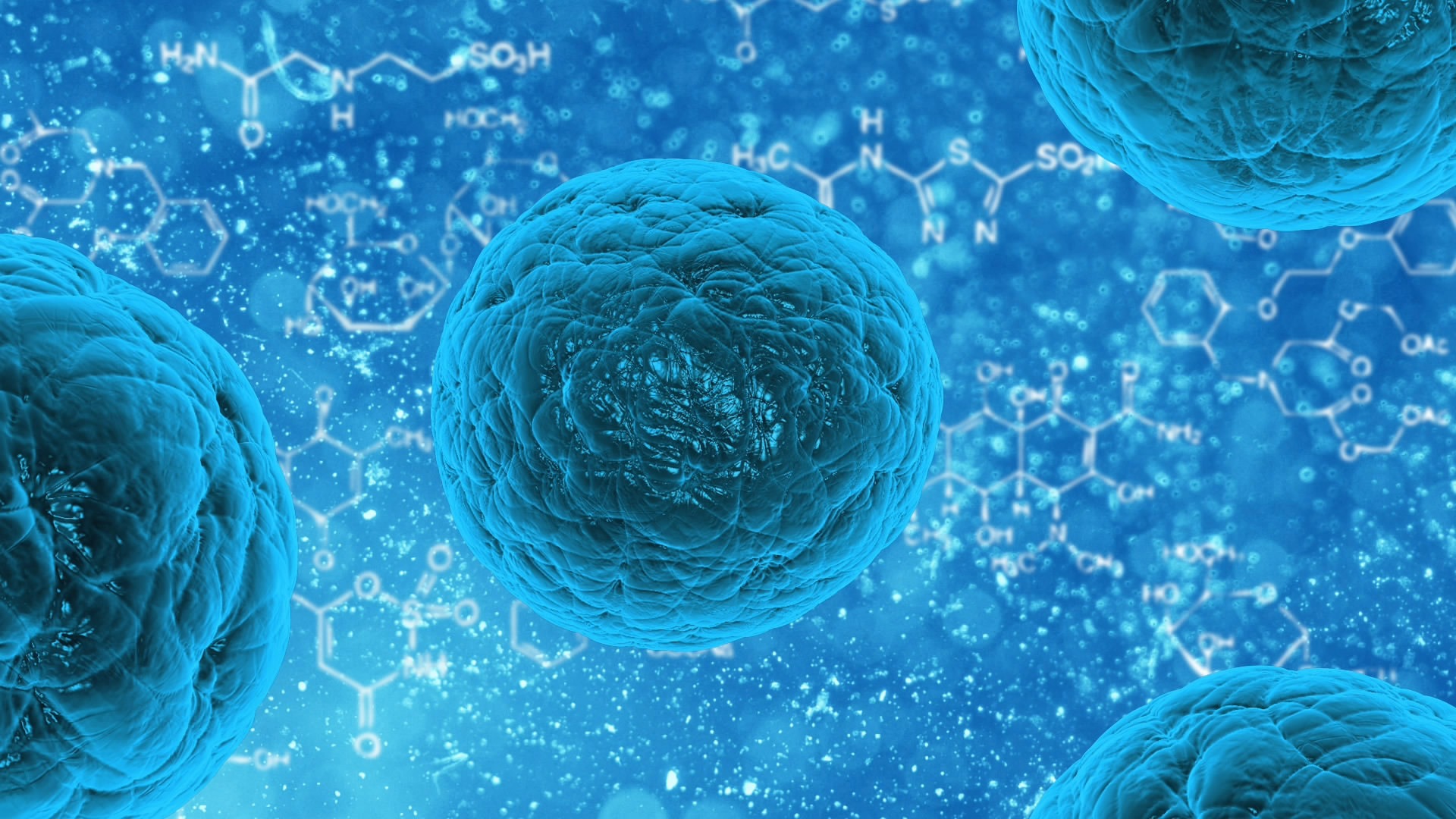
There’s some fascinating new research coming out in the area of microbiota-the mysterious bacterial population in our gut that seems to be functioning as an additional organ system. In an article by Rich Haridy in the New Atlas, August 1st, 2018 some research is reviewed discussing the relationship between the microbiota and our weight.
If you’ve ever felt like your weight loss was disproportionally small compared to your efforts, or the results others seem able to achieve, it might not just be in your head. A study by MAYO Clinic has some interesting insights into gut bacteria, what they do, and how they could make weight loss more difficult.
Gut bacteria, like their name suggests, are microscopic bacteria that live in our digestive tracts. Contrary to the usual image we imagine when we think about bacteria, gut bacteria aren’t diseases that make us sick. They’re helpful to us, helping us digest what we eat in a mutually beneficial relationship. Normally, gut flora and our bodies work together symbiotically, but in the case of weight loss, some types of gut bacteria are more helpful than others.
In MAYO’s study, they found that the gut bacteria of those less able to lose weight were better able to metabolize carbohydrates. This means that those individuals experienced less benefit from normal weight loss strategies like calorie restriction. Basically, the positive effects of gut bacteria that would help us survive difficulties in the wild (like starvation) come back to bite some of us when we actually want to lose weight.
It’s not a level playing field when it comes to weight management. No one should be feeling superior, or inferior for that matter, when it comes to how their weight management efforts stack up against those of others. Environmental factors, genetic factors, psychological factors, among many others, throw a wrench in what’s often portrayed as a simple process. Even so, we shouldn’t let physiological differences we might have serve as excuses that lead to us holding ourselves back from making our best efforts to achieve our goals. Look for support from people with understanding and know that professional recommendations from an RD/nutritionist can help put you in control.
Read more about the original study findings in the original article: New Atlas
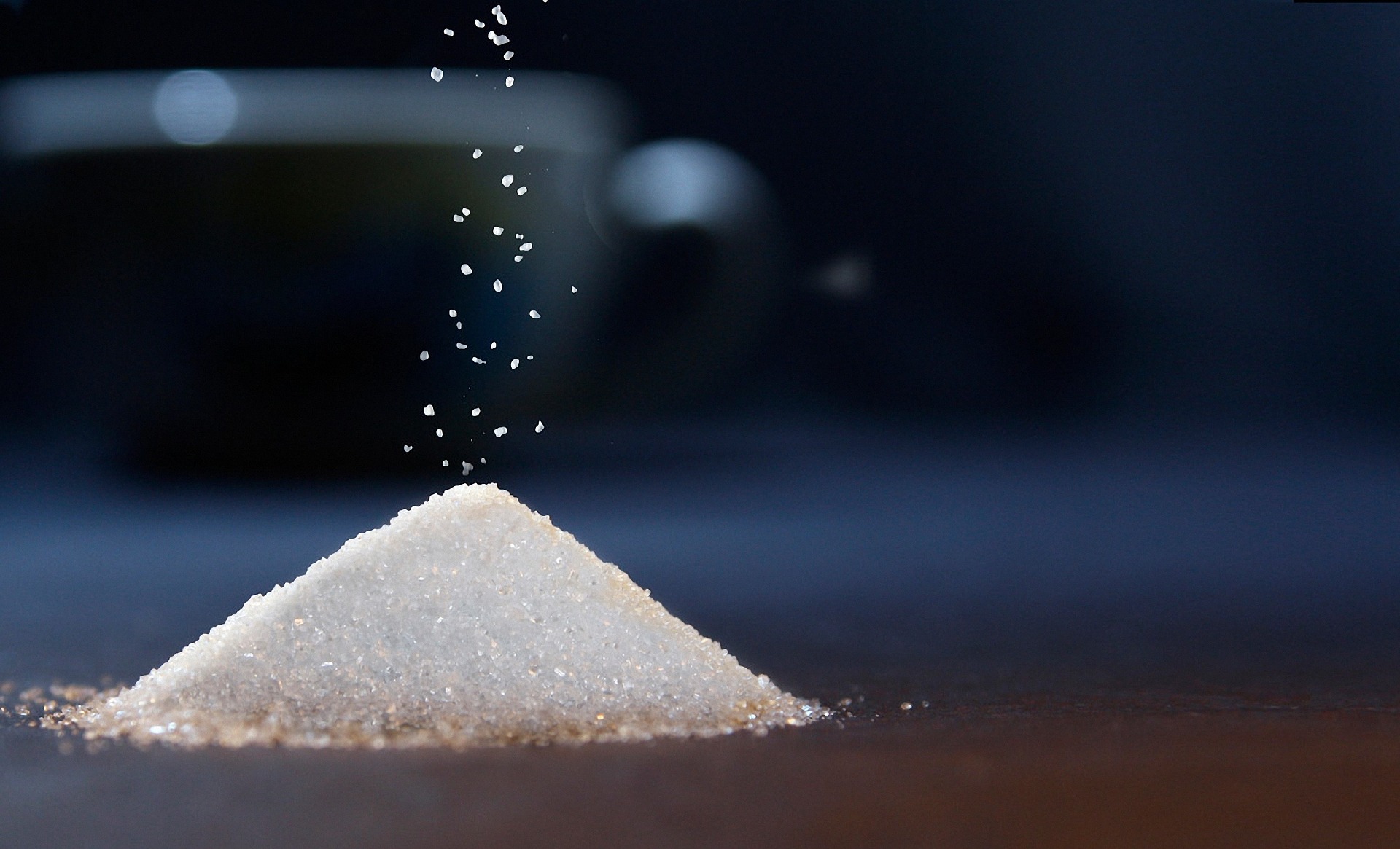
While experts haven’t found strongly conclusive evidence that artificial sweeteners are hurting us, there are a few bothersome pieces of evidence suggesting these sweeteners might have long term detrimental effects.
Artificial sweeteners are sugar substitutes that are synthetically created, meaning they don’t naturally occur outside of a laboratory. These kinds of sweeteners have fewer calories, and are often 100 times more potent than sugar when it comes to sweetening, meaning less is needed to give food a sweet taste. They’re commonly used in diet soda, yogurts, candy, pastries, etc.
One notable factor from these studies is that there’s evidence that artificial sweeteners have effects on gut bacteria. In one study conducted on rats, aspartame was shown to have effects on gut bacterial populations. Consider that our gut bacteria are capable of making it more difficult to lose weight. It makes sense that artificial sweeteners could have negative effects on us that would be overlooked even after years of use.
Consuming artificially sweetened food and beverages could also be distorting our perception of how much we should be eating. If you’re drinking diet soda at a party, you might decide eating an extra slice of cake isn’t that big a deal. That kind of reasoning could easily begin to stack up. At the moment, the best advice seems to be: view foods that are artificially sweetened with some suspicion. Your aim should be to eat healthier foods overall instead of trying to replace sugars with artificial sweeteners.
When you ask RD/nutritionists about issues surrounding these sweeteners, you’ll find that not all sweeteners are the same and there is some thought that stevia based sweetener would be the least likely to cause harm. Quantity is also an important concept–with the huge quantities of sugar added to soft drinks, many RD’s advise that regular soda is still the greater evil. (Drink water.)
For more on artificial sweeteners, check out this excellent article written by MedPage Today.

Looking at a food label for the first time such an overwhelming experience, even if you know something about nutrition. Grams, percent of daily value… it’s enough to make anyone want to look away and never look back.
Still, when you are trying to eat healthy, a food label has many of the answers you would be looking for. Restaurant labeling can be particularly eye opening. Yet, one small fast food study showed that only 60% of people noticed food labels, and only 16% considered them when choosing what to order. Food labels provide us with information about a food’s calories, fat content, sodium, and more. Knowing what is most important on a food label is something that is really somewhat your specific health goals. If you have cholesterol or blood sugar issues or are trying to manage your weight, registered dietitian/nutritionist can help by setting you up with specific personalized guidelines for interpreting all those numbers. Some generalized information is published in an article by Sophie Egan in The New York Times.
While food labels contain a massive amount of information, the two most fundamental and important things are the ingredients list and the serving size. The ingredients list is exactly as described, all of the ingredients making up the food in the package. They’re listed in order of greatest volume to least, meaning the first item listed is the most used ingredient. Generally, you can expect the first ingredient to be the most important, but you should always read the entire list to see where unhealthy items like sugars and oils rank on it.
When you get to the numbers, the first thing to look for is serving size. The serving size is the intended amount of food you’re supposed to eat in one sitting, and how many calories that is. Many packages might be misleading when it comes to serving size compared to the size of the container itself. Manufacturers know that smaller numbers make their products look healthier. For example, the label for a small tub of ice cream that seems just right for one person lists 230 calories per serving. What you might miss from that is that there are four servings total in the container, meaning you’re actually eating more than 900 calories if you eat it all at once.
There’s far more information food labels have to offer. Consult the full guide in this article by Sophie Egan in The New York Times

More research is coming out with the surprising finding that the time of day we eat has serious implications for our circadian rhythms. Eating at the wrong times of the day–read all day or in the evening–gets in the way of your body’s innate circadian rhythm. This throws off various cycles that help you fall asleep and stay healthy.
As this article points out, the single greatest consistency for all human life on Earth is that the sun rises in the morning and sets at night. Because of this, our bodies have expectations for when we’re going to be doing things. It expects us to be active and burning calories in the morning, and as night approaches, the reduction in light prompts our brain to start releasing Melatonin, a chemical that helps us sleep. The pancreas releases more insulin during the day, but eases up just before and during sleep. Even the genes in your DNA operate on a 24 hour cycle.
The detrimental effects range from the obvious, trouble sleeping, to surprising things like increased weight gain and reduced insulin sensitivity. When you eat when your body is beginning to prepare for sleep, it spurs specific organs back into action, throwing the body out of sync. It’s comparable to your body experiencing jet-lag. This even applies to non-humans. An experiment on mice showed they got more sick when they didn’t operate on a proper schedule. When you consider that nighttime shift work is connected to obesity, diabetes, and cancer, it adds up that their misaligned Circadian Rhythm could be a significant contributor.
One option is try reducing the window of time where you eat to one more in tune with what your body expects. Typically, we eat throughout the day when the urge strikes us, across a large window of 12 to 16 hours. To be more in sync with your Circadian Rhythm, you could try to reduce the window in which you eat to 6 to 10 hours. Try setting a specific hour of the day before you want to go to bed as the cut off point where you won’t eat anything afterwards. Traditional wisdom is that breakfast really is the most important meal of the day. Eating most of your food early in the morning could increase your satiety, reducing your desire for food later in the day.
Read more in the original article in the The New York Times.

Too much carbohydrate in the diet is bad, but too little may be unhealthy as well, researchers reported.”
A study by The Lancet of Health suggests that a low carb diet, commonly seen as healthy, might pose an increased morality risk.
When investigating the relationship between carbohydrate consumption and life expectancy, the researchers found a U-shaped curve in the correlation. What this means is that while those with a high carbohydrate diet experienced increased morality, individuals who severely limited their carbohydrate intake experienced comparable risks. The researchers suggest that the correlation is because of the individual’s increased consumption of animal proteins combined with lowered consumption of healthy foods like fruits and vegetables. Break out the salad!
A solution to the problems posed by the typically followed recommended low carb diet is to replace carbohydrates with plant based fats and proteins instead of the ones found in meat products.
Read more of the study’s findings at the original article: MEDPAGE TODAY

This article is based on an article by Benedict Jephcote was published in Diabetes.co.UK discussing early control of Type 2 Diabetes.
A thirteen year study by the Diabetes Care Journal shows how getting diabetes under control early can have very lasting effects. The study included patients with Type 2 Diabetes showing that those who got early control of it experienced 20% less complications later in life compared to those who didn’t. Another important thing to consider is that people with Type 2 diabetes can generally achieve very good control with lifestyle changes and low cost medication.
When you are first diagnosed with diabetes, it can be a like a bomb going off in your life. Your doctor may have 3 new medicines for you to take for the rest of your life and in-laws, neighbors, and well meaning friends have dozens of pieces of food advice that may or may not be right for you. It’s important to consider that American Diabetes Association has estimated the average cost of a diagnosis of diabetes to be $9601 per year ON TOP of your other health care costs. Much of those costs are related to the complications of poorly controlled diabetes.
The possible conditions that are caused by Type 2 Diabetes range from strokes, kidney disease, heart disease, amputations, among others. Yikes. Even so, don’t panic, because complications are largely a result of NOT controlling diabetes. There are many easily achievable things you can do to help reign in diabetes and dramatically reduce the chances of these things coming up later in life.
Above all, the most important thing to do is if you haven’t looked into managing your diabetes yet, do it soon. The sooner you do, the sooner you start reducing your risk of diabetes complications, and the sooner you can start becoming healthier and happier.
To read more of the study’s findings, check out the full article at Diabetes.co.uk
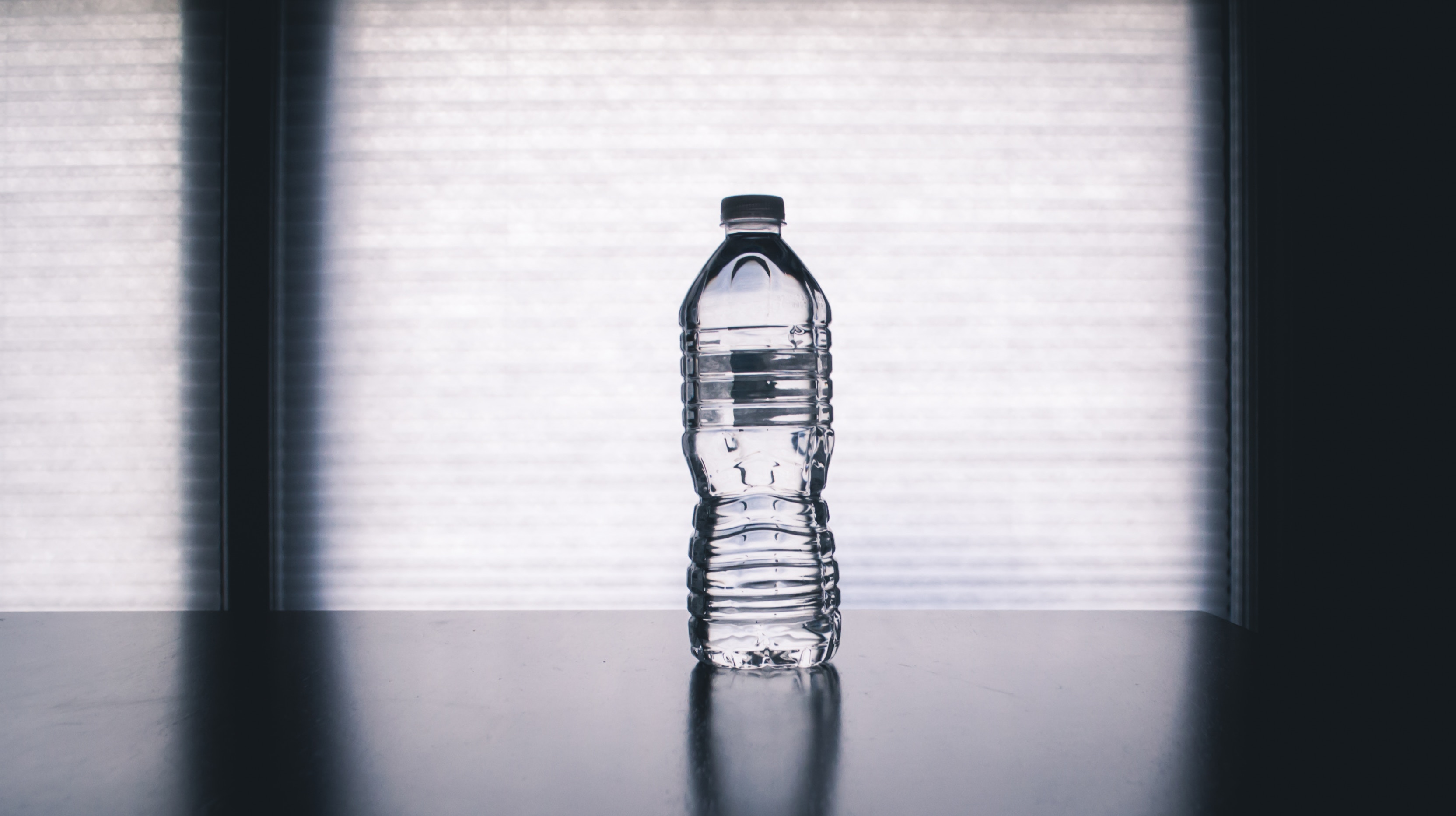
Athletes have always stressed the importance of proper hydration for optimal physical performance. Now there’s new evidence emerging that shows that a little dehydration can cause big problems for mental task performance too. According to an article by Allison Aubrey recently published on NPR, the implications for mental performance are surprising.
University researchers estimated that when a group of women were dehydrated by 1%, they made 12% more mistakes while playing a moderately complicated card game. Card games are one thing, but it’s serious news to imagine those kinds of errors being applied to tasks that are more important and complex. There aren’t many jobs that come to mind where thinking a little bit faster wouldn’t be helpful, or critical.
Scarily easy! According to this article, moderately hiking for one hour can dehydrate your body by 2%. That equates to losing about a liter of water. However, most people didn’t feel thirsty or think they were dehydrated while at this level. That means dehydration likely is affecting many of us who aren’t exercising who simply aren’t being mindful about drinking liquid frequently throughout the day. On the bright side of all of this, coffee is a viable source of water, so you coffee fans can comfortably enjoy your morning pick-me-up without worrying about it dehydrating you.
Read more about the effects of dehydration in the original article on NPR.org
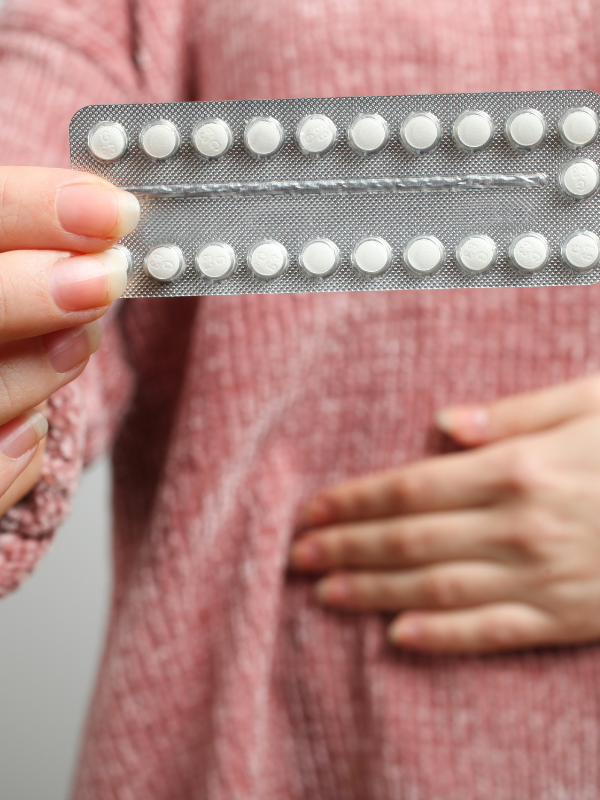
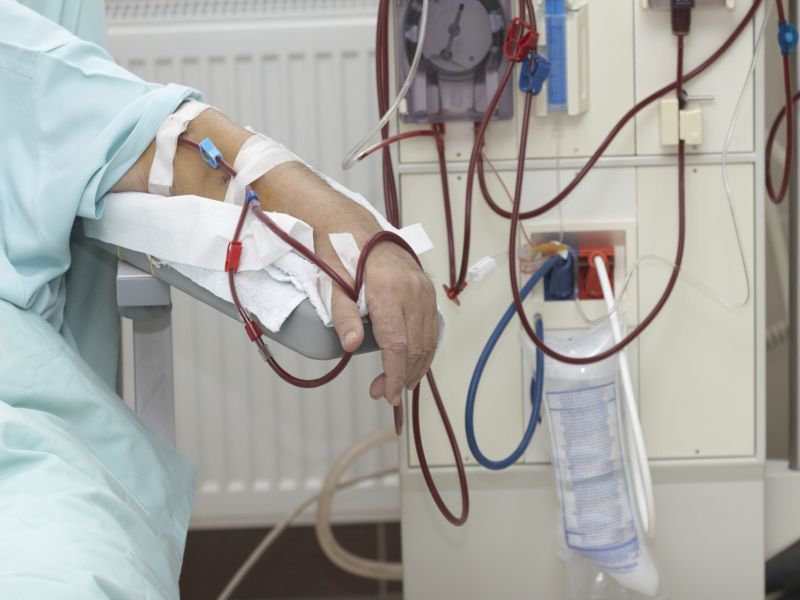
While diabetes cases continue to rise in the United States, one potential outcome — kidney failure — has decreased by one-third, health officials report.

Eating a healthy diet and getting regular exercise can help prevent poor blood circulation to the brain in people with type 2 diabetes, researchers have said. The intervention was particularly successful among overweight individuals in helping to increase or maintain blood flow to the brain.
Original Article: Diet and exercise could increase brain blood flow in type 2 diabetes

If your taste buds lean toward spicy, you might be doing your heart a favor, new research suggests.
Original Article: Want to Avoid Salt? Turn Up the Spice
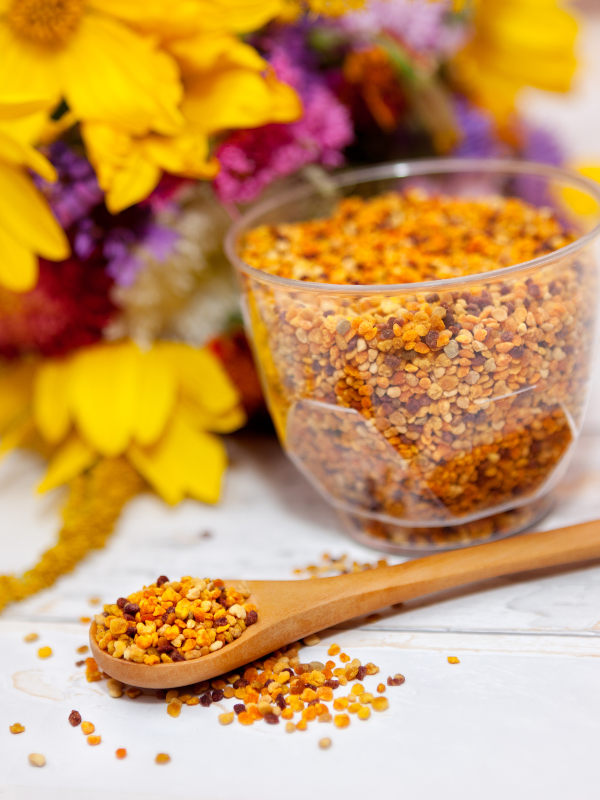

Sue Killian is an environmental biologist with a very personal interest in allergy. She describes how so many of our plants are inter-related, not only with each other but with many of the foods that we eat. Her book Allergy and Cross Reactivity is now available on Amazon here.
Original Article: Plant cross reactivity and its fallout for allergy sufferers
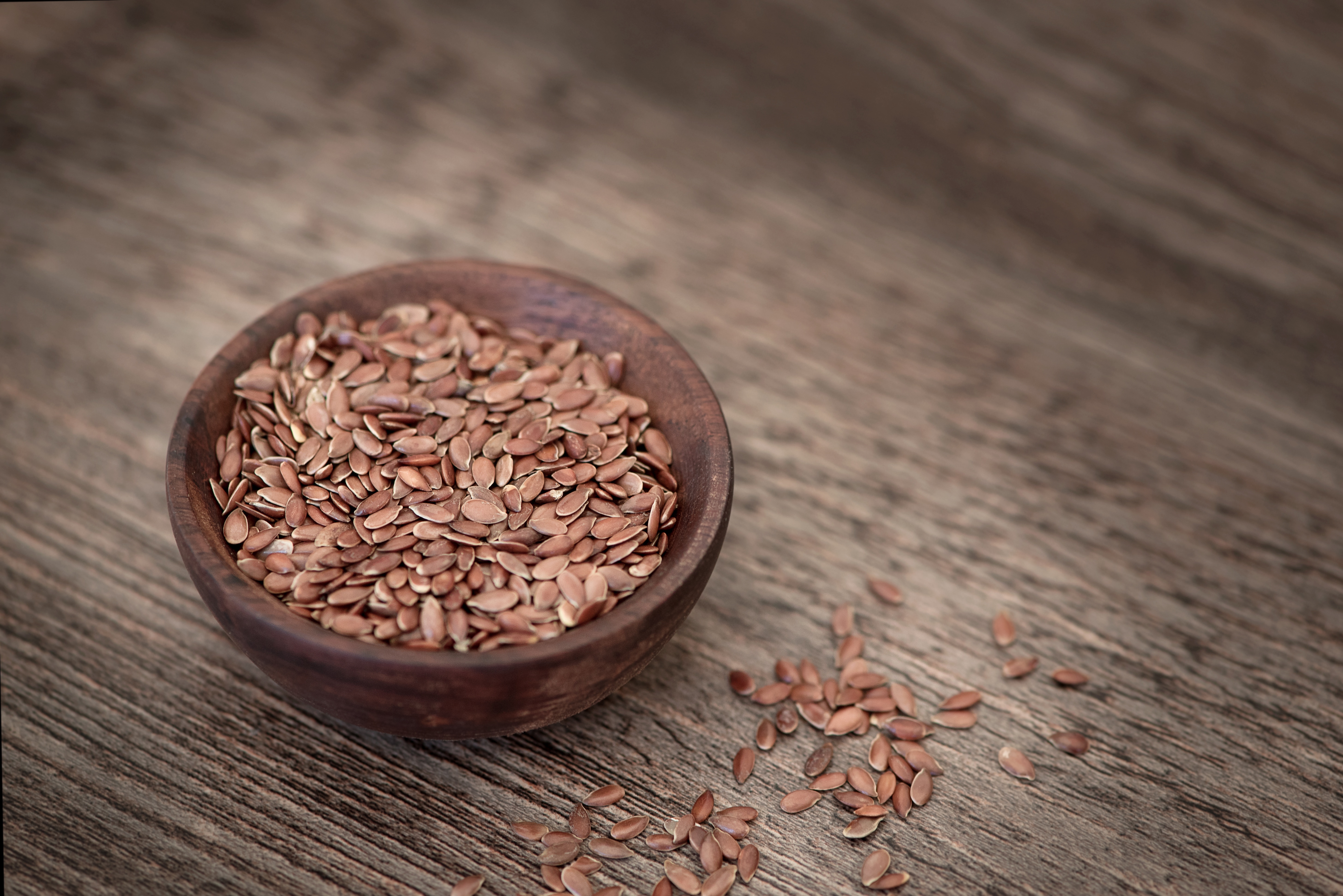
Flax seeds are the Mighty Mouse of food, smaller than a rice kernel, yet the most powerful two tablespoons of food you can put in your mouth. These tiny seeds help to combat cancer, diabetes, high cholesterol, autoimmune and neurological conditions and aid in weight loss.
Original Article: Flax seed: the best two bites for your health – A Healthy Weight Today